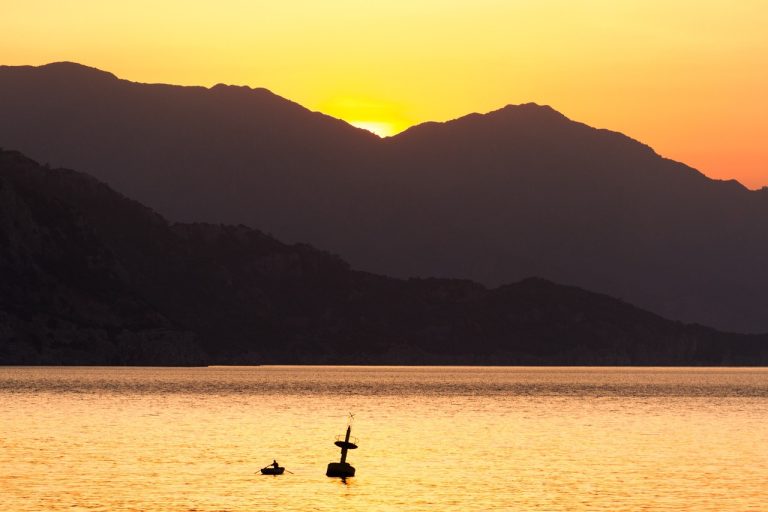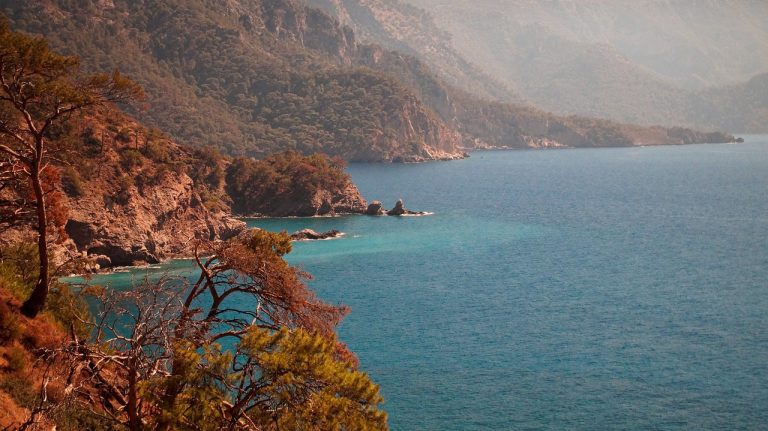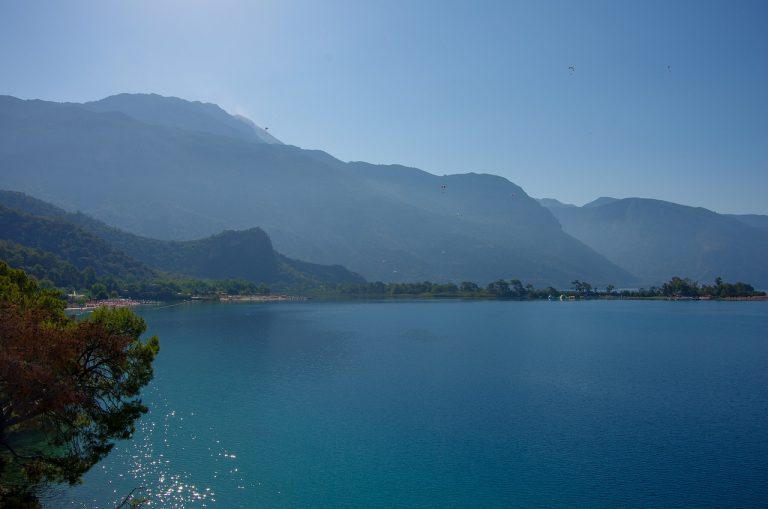Muğla Turkey Video
Architectural Wonders: Iconic Buildings in Muğla Turkey
Muğla, located in southwestern Turkey, is a city renowned for its rich history, stunning landscapes, and remarkable architectural wonders. From ancient ruins to modern marvels, Muğla showcases a diverse range of architectural styles that reflect its cultural heritage. This article will explore ten iconic buildings in Muğla, each with its unique charm and significance.
Muğla Castle
The first architectural wonder on our list is Muğla Castle, also known as Bodrum Castle or Bodrum Castle of St. Peter. This medieval fortress was constructed by the Knights Hospitaller in the 15th century and played a crucial role in defending the region against various invasions. The castle features impressive towers, battlements, and a moat, offering panoramic views of the city and the Aegean Sea. Today, it houses the Museum of Underwater Archaeology, showcasing artifacts from ancient shipwrecks.
- Historical Significance: Muğla Castle served as a stronghold during the medieval period and protected the region from pirate attacks.
- Architectural Highlights: The castle’s architectural design includes Gothic and Ottoman elements, with its imposing walls and towers.
- Museum of Underwater Archaeology: The museum within the castle exhibits a vast collection of artifacts recovered from shipwrecks in the Aegean Sea.
- Panoramic Views: Visitors can enjoy breathtaking panoramic views of Muğla and the Aegean Sea from the castle’s towers.
Muğla Sıtkı Koçman University Library
The Muğla Sıtkı Koçman University Library is a modern architectural gem located within the campus of Muğla Sıtkı Koçman University. Designed by renowned Turkish architect Nevzat Sayın, the library boasts a contemporary and functional design. Its sleek glass facade and open spaces create a welcoming environment for students and researchers. The library houses an extensive collection of books, journals, and digital resources, supporting the academic pursuits of the university community.
- Contemporary Design: The library’s modern design incorporates glass, steel, and open spaces, reflecting the principles of contemporary architecture.
- Functional Spaces: The library provides various study areas, computer labs, and multimedia rooms to accommodate the diverse needs of students and researchers.
- Extensive Collection: With its vast collection of academic resources, the library supports the educational and research endeavors of Muğla Sıtkı Koçman University.
- Architect Nevzat Sayın: The library’s design is credited to Nevzat Sayın, a prominent Turkish architect known for his innovative approach to architecture.
Muğla Turkey Image 1: 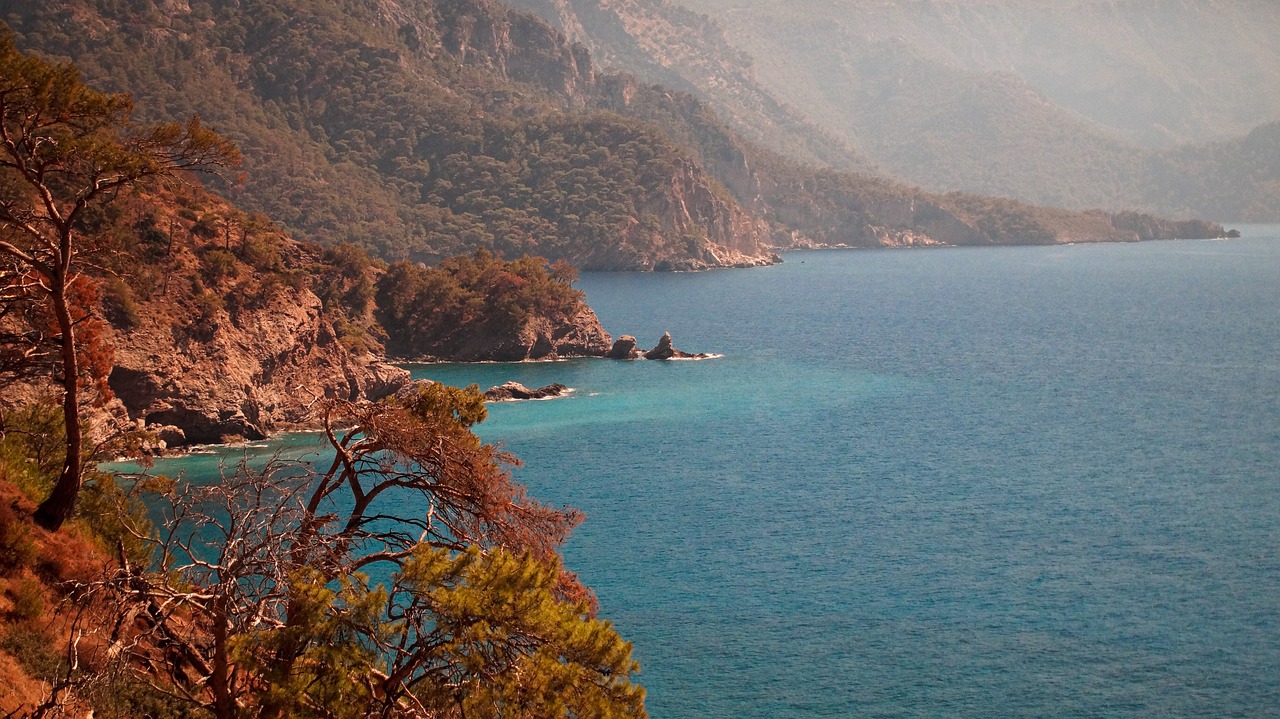
Ancient Theater of Stratonikeia
The Ancient Theater of Stratonikeia, located near the town of Eskihisar, is a remarkable archaeological site that showcases the grandeur of ancient Greek and Roman architecture. Built during the Hellenistic period, the theater could accommodate around 10,000 spectators. Its well-preserved seating area, stage, and orchestra provide insights into the theatrical performances of the past. The theater is still occasionally used today for cultural events and performances.
- Hellenistic Architecture: The theater exhibits the characteristic architectural features of the Hellenistic period, including a semicircular seating area and a raised stage.
- Historical Significance: The Ancient Theater of Stratonikeia offers a glimpse into the cultural and social life of the ancient city of Stratonikeia.
- Modern Cultural Events: Today, the theater serves as a venue for various cultural events, including concerts, plays, and festivals.
- Archaeological Excavations: Ongoing archaeological excavations in the area continue to uncover new discoveries and shed light on the ancient history of Stratonikeia.
Halikarnassus Mausoleum
The Halikarnassus Mausoleum, also known as the Mausoleum at Halicarnassus, was one of the Seven Wonders of the Ancient World. Built in the 4th century BC, it served as the final resting place for Mausolus, the ruler of Caria. The mausoleum was an architectural marvel, adorned with intricate sculptures and reliefs. Although the original structure was destroyed over time, its influence can still be seen in various architectural styles.
- Seven Wonders of the Ancient World: The Halikarnassus Mausoleum was one of the Seven Wonders, symbolizing the architectural achievements of the ancient world.
- Intricate Sculptures: The mausoleum featured detailed sculptures and reliefs, depicting mythological scenes and honoring the deceased ruler Mausolus.
- Architectural Legacy: The mausoleum’s design influenced subsequent architectural styles, particularly in the use of ornate decorations and grandiose structures.
- Historical Significance: The Halikarnassus Mausoleum represents the cultural and artistic achievements of the ancient city of Halicarnassus.
Muğla Atatürk House Museum
The Muğla Atatürk House Museum is dedicated to Mustafa Kemal Atatürk, the founder and first president of the Republic of Turkey. Housed in a historic building, the museum showcases Atatürk’s personal belongings, photographs, and documents, providing insight into his life and the early years of the republic. The museum offers visitors a chance to learn about Atatürk’s visionary leadership and his significant contributions to Turkish history.
- Mustafa Kemal Atatürk: The museum pays homage to Mustafa Kemal Atatürk, the revered leader who played a pivotal role in Turkey’s transformation.
- Historic Building: The museum is located in a historic building, adding to its cultural significance and providing a fitting setting for Atatürk’s exhibits.
- Personal Belongings: Visitors can see Atatürk’s personal belongings, including clothing, accessories, and furniture, offering a glimpse into his private life.
- Preserving History: The museum plays a crucial role in preserving the legacy of Atatürk and educating the public about his ideals and achievements.
Muğla Turkey Image 2: 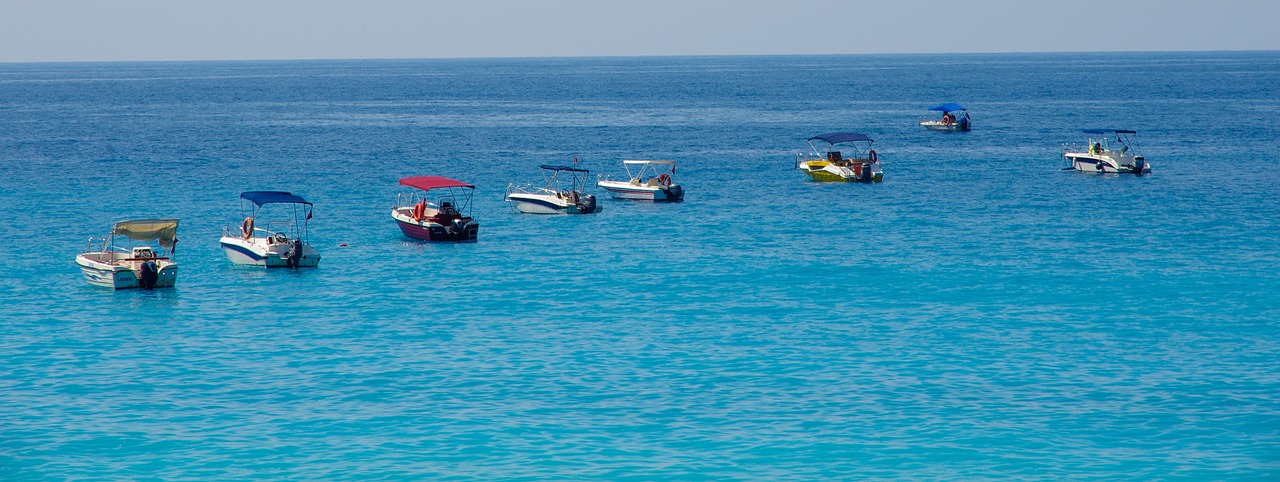
Muğla Great Mosque
The Muğla Great Mosque, also known as Ulu Mosque, is an architectural masterpiece located in the heart of Muğla’s historic district. Built in the 14th century, the mosque showcases exquisite Seljuk and Ottoman architectural elements. Its grand dome, intricate decorations, and minaret make it a prominent landmark in the city. The mosque continues to be an active place of worship, welcoming locals and visitors alike.
- Seljuk and Ottoman Architecture: The Muğla Great Mosque combines elements of Seljuk and Ottoman architecture, exemplifying the architectural styles of different eras.
- Grand Dome: The mosque’s impressive dome is a notable feature that adds to its grandeur and architectural significance.
- Cultural Heritage: The mosque serves as a testament to Muğla’s cultural heritage and religious traditions.
- Active Place of Worship: The Muğla Great Mosque continues to be an active mosque, providing a spiritual center for the local community.
Muğla City Museum
The Muğla City Museum, located in a historic building, offers a comprehensive exploration of Muğla’s history and cultural heritage. The museum’s exhibits include archaeological artifacts, ethnographic objects, and historical documents, providing a fascinating journey through the region’s past. Visitors can learn about Muğla’s ancient civilizations, traditional crafts, and the development of the city over time.
- Historic Building: The museum is housed in a historic building, adding to its charm and creating a suitable environment for showcasing the region’s history.
- Archaeological Artifacts: The museum displays a wide range of archaeological artifacts, offering insights into the ancient civilizations that once thrived in the Muğla region.
- Ethnographic Objects: Visitors can explore the traditional crafts, costumes, and daily life objects of the local communities through the museum’s ethnographic exhibits.
- Preserving Cultural Heritage: The Muğla City Museum plays a crucial role in preserving and promoting the cultural heritage of the city and its surrounding areas.
Muğla Ethnography Museum
The Muğla Ethnography Museum is dedicated to showcasing the region’s rich cultural traditions and customs. Located in a historic building, the museum features exhibits that highlight the traditional lifestyle, clothing, and crafts of the local communities. Visitors can gain a deeper understanding of Muğla’s cultural diversity and the ways in which it has evolved over time.
- Cultural Traditions: The museum provides insights into the cultural traditions and customs of the Muğla region, celebrating its diverse heritage.
- Traditional Lifestyle: Visitors can learn about the traditional lifestyle of the local communities, including their occupations, social structures, and daily routines.
- Art and Crafts: The museum showcases various traditional crafts, such as carpet weaving, pottery, and woodwork, highlighting the artistic skills of the local artisans.
- Historic Building: The Muğla Ethnography Museum is housed in a historic building, adding to its cultural significance and providing an immersive setting for the exhibits.
Muğla Turkey Image 3: 
Muğla State Hospital
The Muğla State Hospital is a modern healthcare facility that serves the city and its surrounding areas. The hospital’s architectural design prioritizes functionality, efficiency, and patient comfort. Equipped with state-of-the-art medical technology, the hospital provides a wide range of healthcare services, including specialized departments, emergency care, and surgical procedures.
- Modern Healthcare Facility: The Muğla State Hospital is a state-of-the-art medical facility that meets the healthcare needs of the local community.
- Patient-Centered Design: The hospital’s architectural design focuses on creating a comfortable and healing environment for patients, promoting their well-being.
- Advanced Medical Technology: With its cutting-edge medical equipment and facilities, the hospital offers comprehensive healthcare services and specialized treatments.
- Emergency Care: The hospital provides emergency medical services, ensuring timely and efficient treatment for patients in critical conditions.
Muğla Clock Tower
The Muğla Clock Tower, situated in the city center, is a prominent landmark that adds charm to Muğla’s urban landscape. Built in the early 20th century, the clock tower stands tall as a symbol of the city’s history and progress. Its intricate design and prominent clock face make it a popular meeting point and a favorite spot for locals and tourists alike.
- Iconic Landmark: The Muğla Clock Tower is an iconic symbol of the city, representing its history, culture, and sense of community.
- Architectural Design: The tower’s design features intricate details and craftsmanship, showcasing the architectural style of its time.
- Prominent Clock Face: The clock tower’s large clock face not only serves a practical purpose but also adds visual appeal to the cityscape.
- Meeting Point: The clock tower is a popular meeting spot for locals and visitors, creating a sense of connection and community.
These ten architectural wonders in Muğla Turkey showcase the city’s rich history, cultural heritage, and commitment to innovation. From ancient theaters to modern libraries, each building tells a unique story and contributes to the vibrant tapestry of Muğla’s architectural


